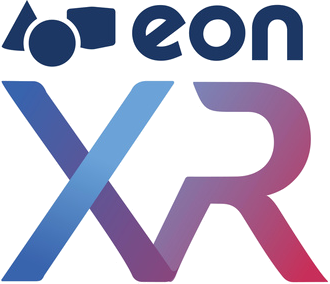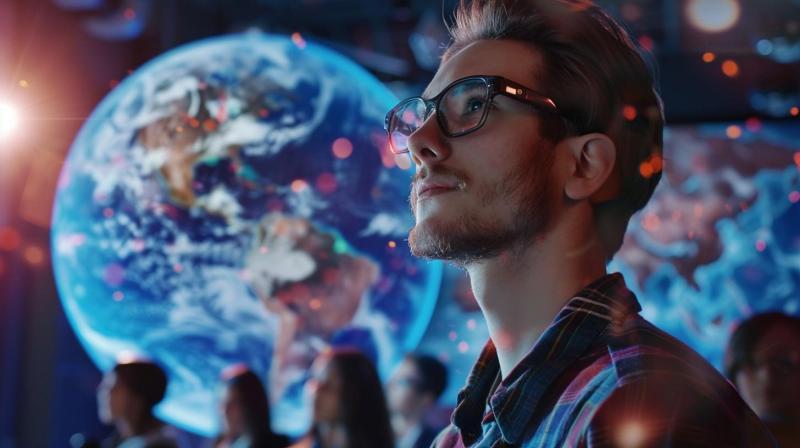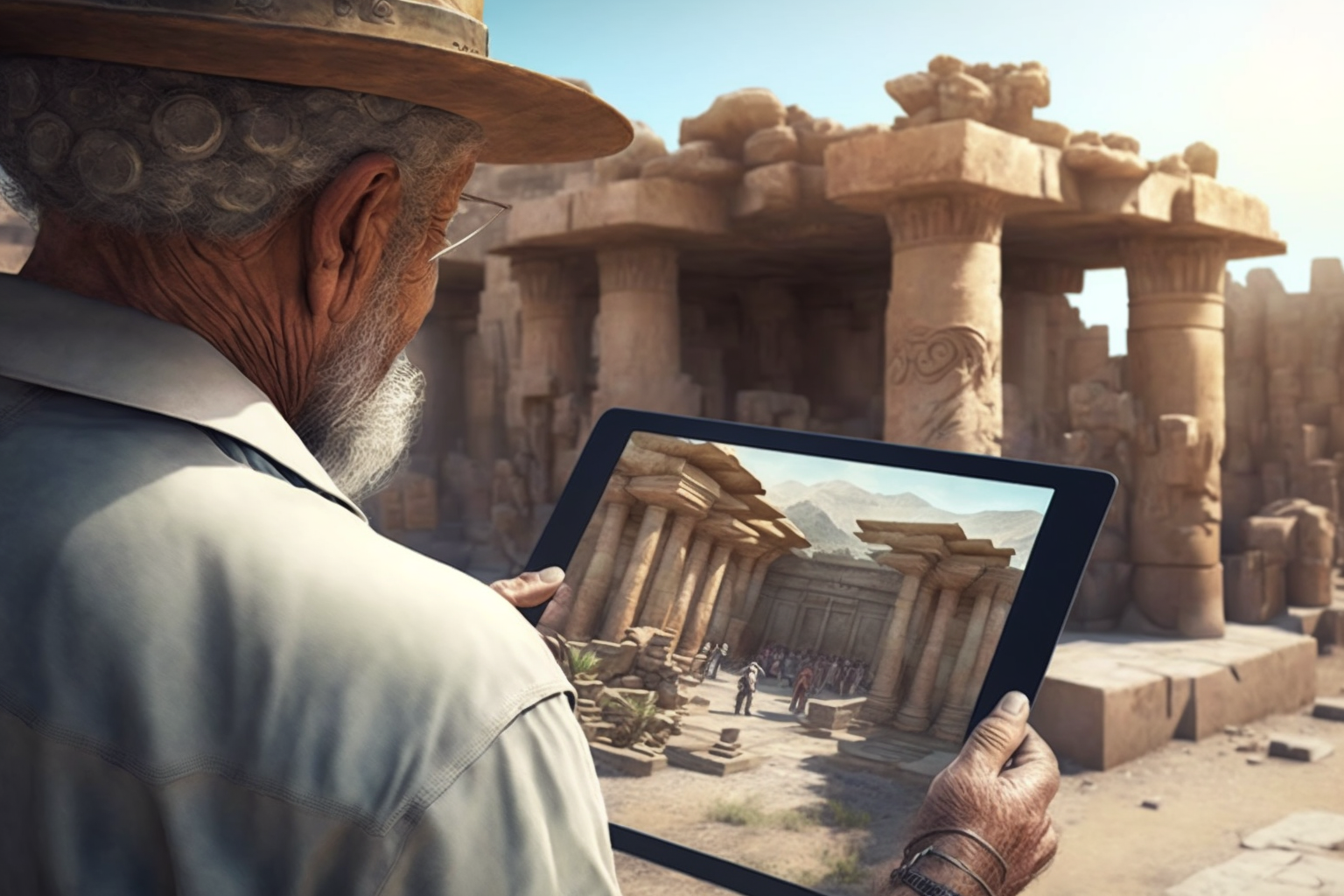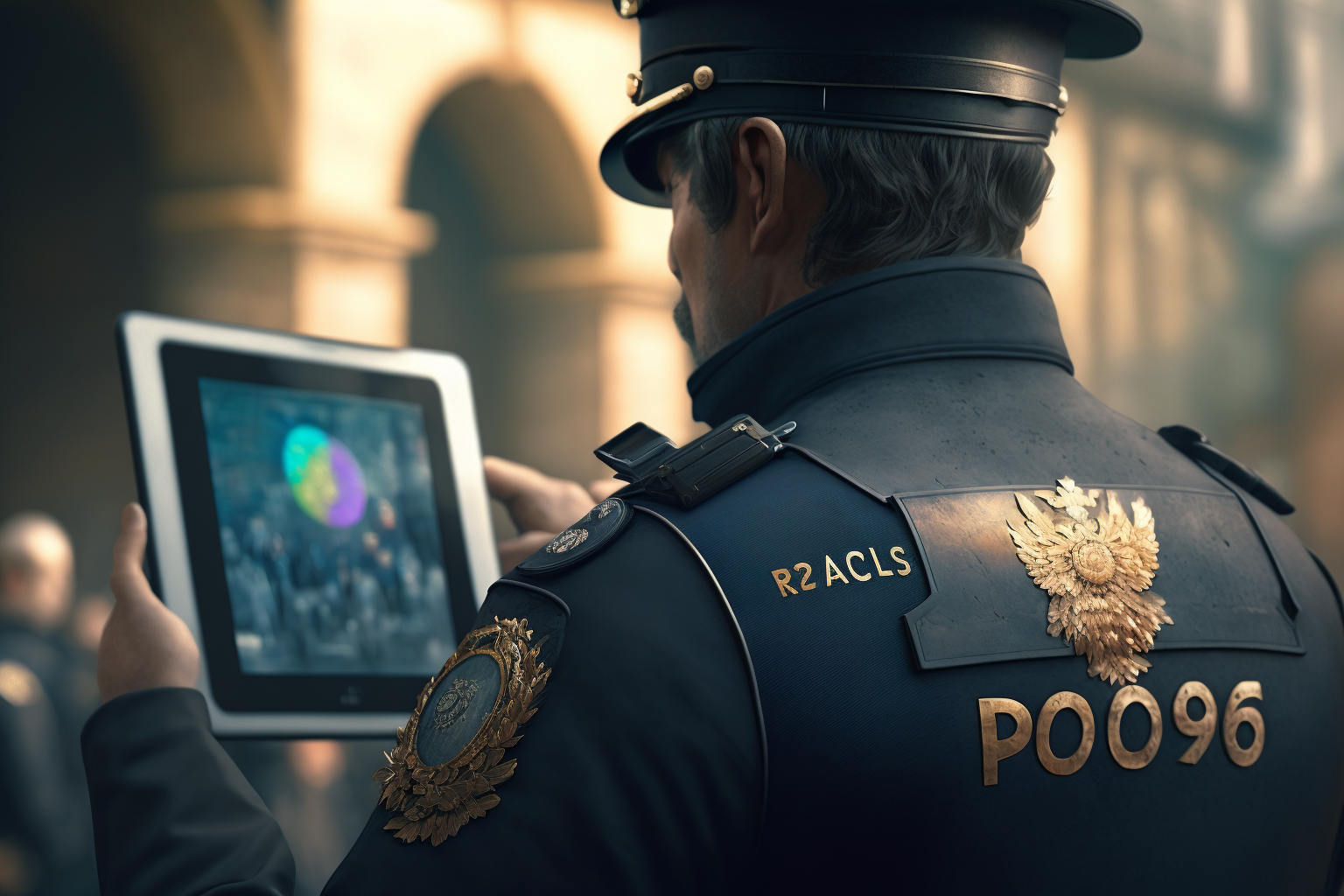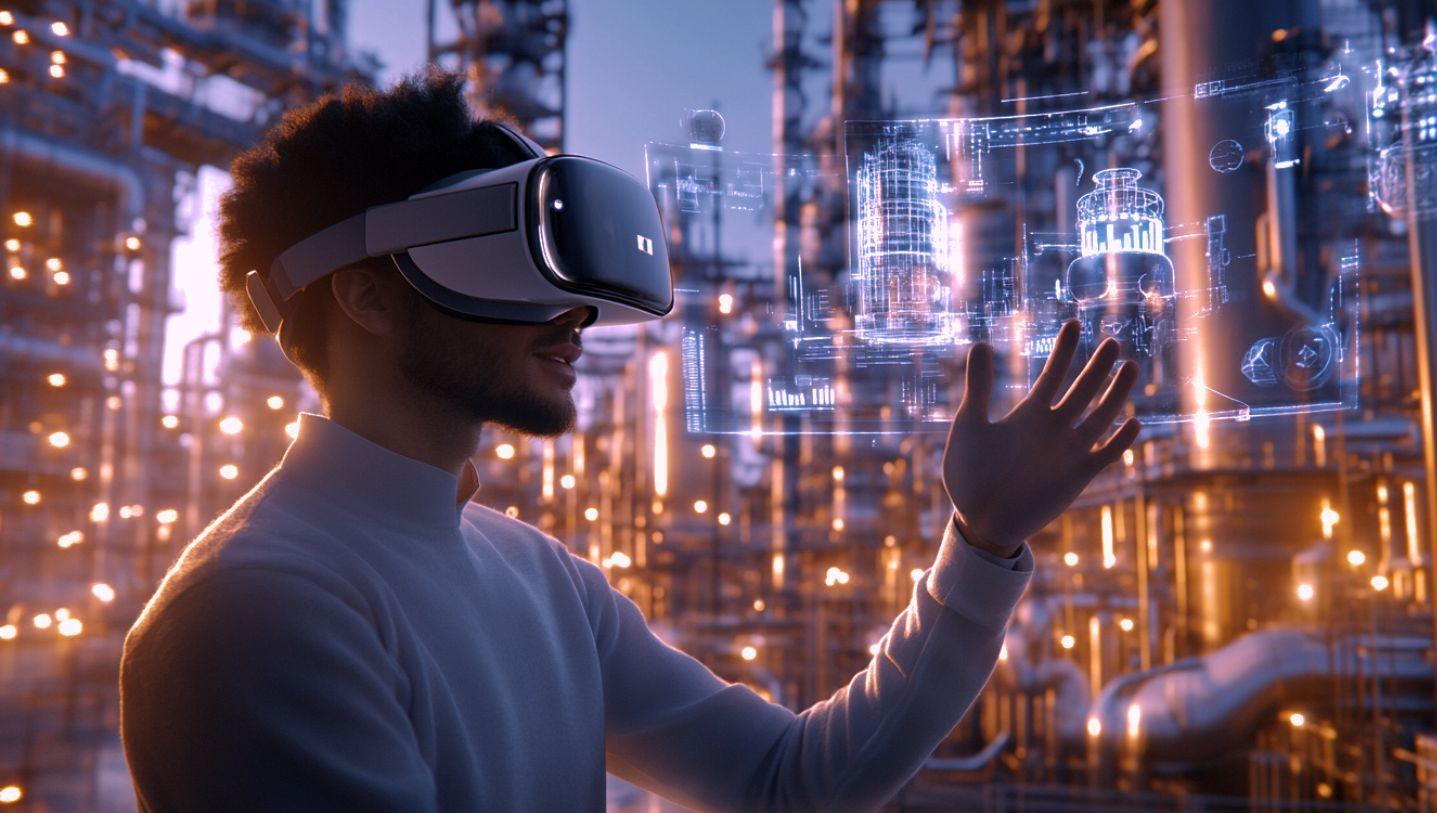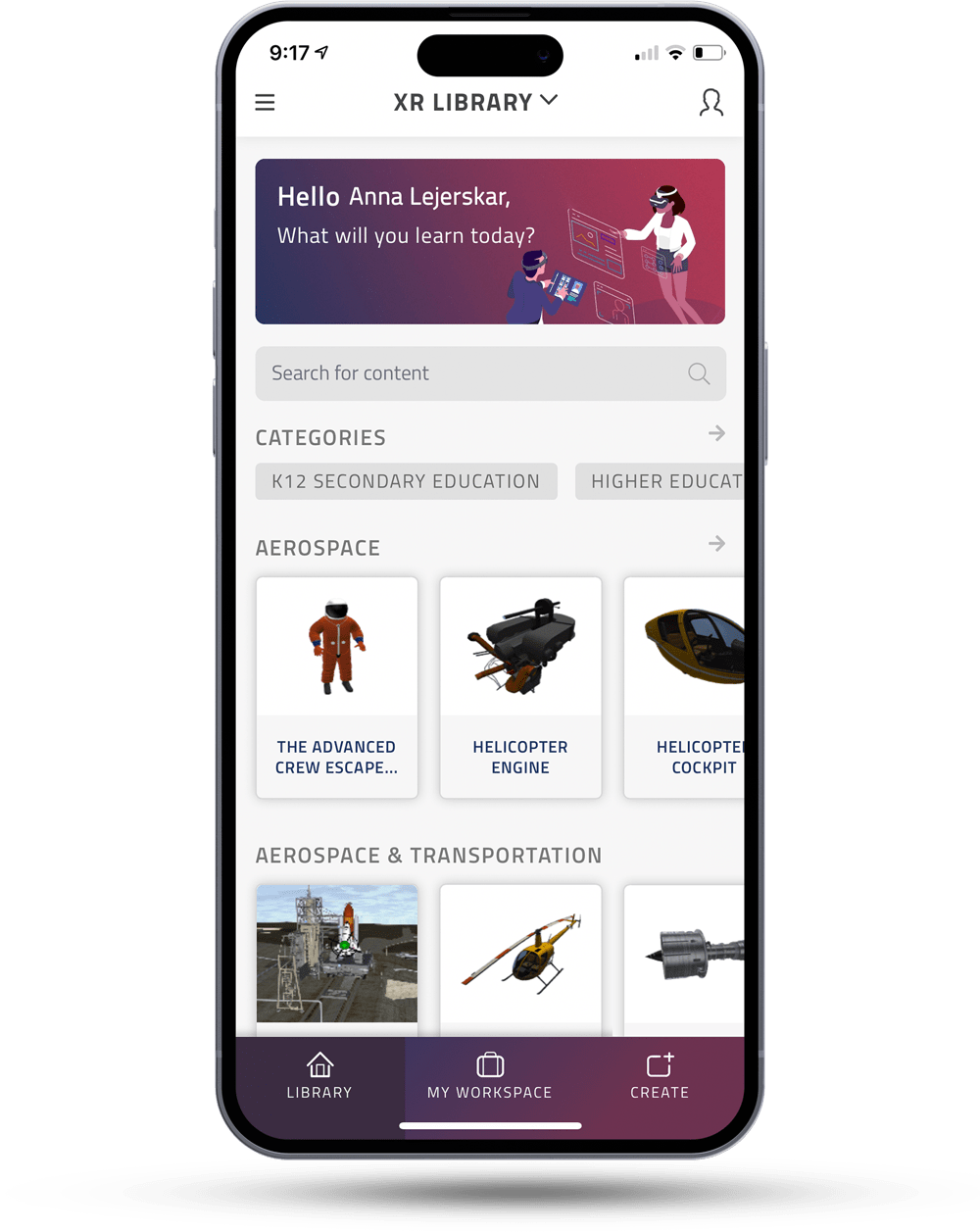We live in an ever-changing world where everything is connected, so the interfaces and the way in which we utilise these connections has the potential to affect billions of people in their day-to-day lives. From the standpoint of the global economy, this means VR and AR are relevant across the world as they are fast becoming the default ways of learning, training and performing – across the workplace, in education organisations, and beyond.
In keeping with technology as an economy driver, Augmented and Virtual Reality are both natural parts of that global conversation. AR and VR together, or EON-XR, form new interfaces for the computing and the data which enables growth for businesses, academia and governments across the world. So how does VR and AR change your business and industry? Are robots going to be replacing humans at work?
EON Reality’s Human 2.0 vision looks VR and AR ultimately being the primary way in which we understand and compute the world, learn from it, and contribute to it. Rather than disempowering people or ‘replacing’ them with technology, instead we believe it to be the tool and the infrastructure for man-machine collaboration.
Enquire about EON Reality’s Global Human 2.0 VisionVR and AR together provide the opportunity to collaborate, shape, provide and create personalised learning experiences which support both internal professional practice, and external engagement.
Workplace learning and on-site service processes usually take place ‘on’ a 2D environment. For example, with video learning, traditional eLearning and ‘hypodermic’ lecture dynamics which do not create or prompt memory cues – the learning results can be a lot lower than desired. This is where engagement becomes critical to learning and training outcomes. By applying VR or AR to boost the experience of the learner, the process and the results are made engaging, and the results are usually improved.
This isn’t hype – the latest hardware used for all digital reality/XR is figuratively blurring the lines within which a screen which ‘cuts off’ our connection to the real world. Instead, it is augmenting it, simulating it and enhancing it – creating immersive, multi-sensory channels within which people can learn more quickly in a world that adapts to them right in front of their eyes, growing their knowledge at the same time.
Smart, local relevance for global VR and AR innovation
VR, AR – EON-XR (Augmented Virtual Reality) – all provide businesses and organizations alike with engaging, data-connected and stimulating learning experiences available across today’s accessible hardware. Instantly we would think of the HTC Vive, Oculus Rift, HoloLens, MagicLeap and others, as well as that which most people care to own – their smartphone.
For immersive, accessible EON-XR experiences to work globally, they should be locally led. Ensuring local relevance within an enterprise or business can often mean beginning that development process within a pilot or a project that proves its success.
Regeneration of Local Economies
For governments, one might look at a targeted urban regeneration project, where an Interactive Digital Center (IDC) or similar has Virtual, Augmented and Mixed Reality innovation chosen as the vehicle to upskill citizens in UX, code, development and 3D modeling. Local knowledge transfer relevance can help elevate economic output, on local and national levels.
Industries across the world are finding themselves fraught with opportunities and challenges such as younger generations entering the workforce with lower attention spans, lower knowledge levels – but with higher thresholds for sustained attention towards digitized and simulated virtual worlds and social media.
Rather than fight these facts, our vision is to make the most of the world’s changing mindsets and attention spans using VR and AR to deliver complex education for enterprise and organizations alike – quickly, safely, and efficiently.



